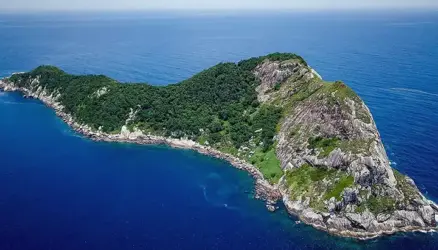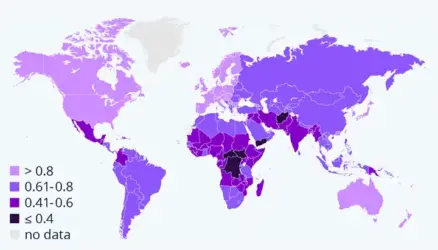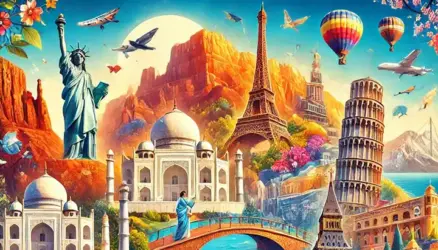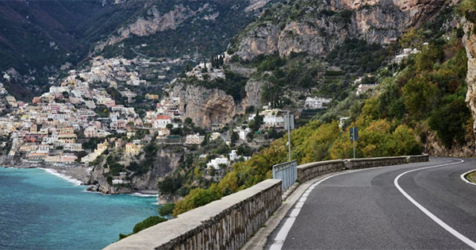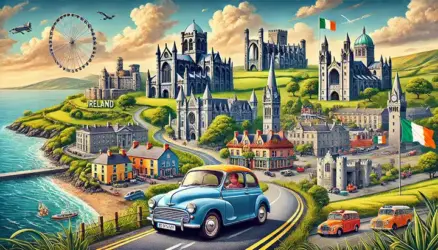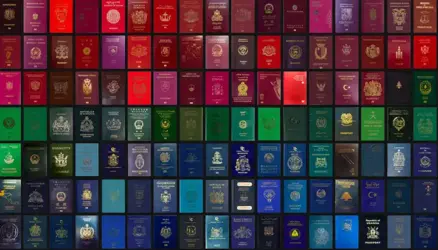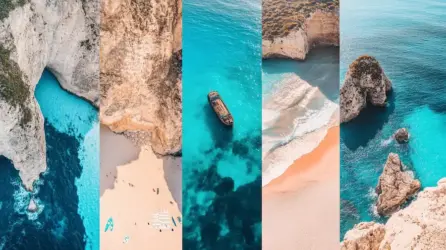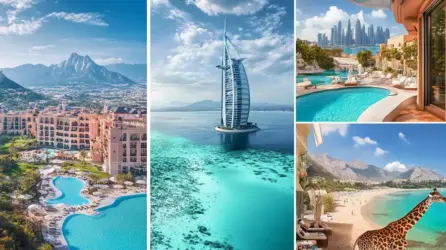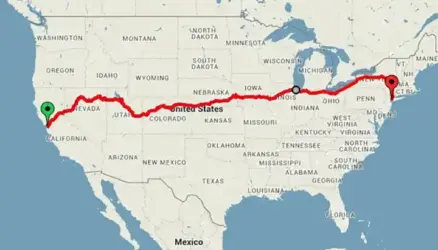Africa’s Best Wildlife Places
Few travelers haven’t fantasized about flying to Africa to view species they’ve only seen on television or in zoos. It’s known for its diverse and rich animal population, which includes everything from zebras, giraffes, lions, and leopards to gorillas, hyenas, elephants, hippos, penguins, and whales. Of course, as the world’s second-largest continent, where do you go for the best views? You should include at least one of these locations on your bucket-list trip itinerary.
Amakhala Game Reserve – Eastern Cape, South Africa
Cheetahs, giraffes, elephants, zebras, wildebeest, lions, rhinos, monkeys, buffaloes, numerous antelope species, and more live in Amakhala, a private game reserve with 18,000 acres. It offers day safaris and overnight accommodations with skilled guides who will assist you in tracking the animals and provide additional information. Night drives and cruises on Bushman’s River are also available for seeing nocturnal wildlife.

Boulders Beach – Simon’s Town, South Africa
Boulders Beach is known for its penguins and is located just outside of Simon’s Town, a suburb of Cape Town on the Cape Peninsula in South Africa. Summer is the best time to visit because there are thousands of African penguins here. You might even spot one of the cute birds featured in the documentary “Penguin Town,” in addition to swimming in the quiet, crystal blue waters protected from the wind and strong waves by ancient granite boulders.

Volcanoes National Park – Rwanda
The little African country of Rwanda is home to mountains and hills blanketed in mist every morning and inhabited by gorillas, which inspired the song “Gorillas in the Mist.” Here in the bush, Volcanoes National Park is home to two-thirds of the world’s remaining mountain gorillas, with a population of only 880. There are 10 groups of gorillas available for scientists to examine, and scientists can track the silverbacks and their troupes on trips run by tour operators.

Ngorongoro Crater – Tanzania
The “Big Five,” also known as leopard, lion, elephant, rhinoceros, and buffalo, may all be found in the Ngorongoro Crater. There are also hyenas, cheetahs, jackals, serval cats, and wild dogs. Over 550 bird species have been recorded in the Conservation Area. If you visit in January, you’ll be able to witness the incredible sights and sounds of millions of wildebeest and thousands of zebra making their annual migration over the landscape. Furthermore, the crater’s steep walls are covered in forest, while the crater’s bottom features swamps, glades, acacia forest, and even a lake.

Plettenberg Bay, South Africa
One of the best areas to watch humpback whales, Southern right whales, and Bottlenose dolphins is Plettenberg Bay. Whales can frequently be seen from Whale Tail Point, but for a closer encounter, take a whale watching excursion. There are several Cape fur seals in the Robberg Nature Reserve’s seal colony, and you may even jump in and swim with them while they do their underwater acrobatics. Hiking the Robberg walk provides opportunities to see over 100 bird species, mongoose, and marine life like as whales, dolphins, seals, great white sharks, and Cape clawless otters.

Kruger National Park – South Africa
Kruger National Park is a top wildlife destination in Africa, with a decent possibility of seeing the “Big Five” as well as hippos, crocs, and giraffes, among other animals. With 145 different mammal species, it has the widest range of biodiversity on the continent. There are also several bird species, such as enormous raptors and eagles, colorful hornbills, and parrots. It’s also conveniently accessible and well-kept, making it ideal for a less expensive self-drive safari.

Moholoholo Rehabilitation Center
The Moholoholo Rehabilitation Center provides a unique opportunity. Rather of tracking animals, you’ll get close to lions, leopards, and other animals who have been orphaned or injured. Many TV programmes have featured the facility, including “Wild Orphans,” a National Geographic Channel series about the center’s young animals. The main idea here is that raising awareness is crucial to save our planet’s rapidly vanishing fauna.

Lake Nakuru National Park – Kenya
Lake Nakuru, which is located in one of Kenya’s most prominent national parks, was formerly known for its flamingos, with millions flocking to the lake to feast on the algae. Because of rising water levels, the park’s population has declined in recent years, but it is still worth visiting for its animals and scenery, which include steep escarpments climbing over waterfalls, acacia forest, wooded hills, and euphorbia trees. Waterbucks, hippos, baboons, a variety of monkey species, impalas, giraffes, and white rhinoceroses are all common sights. Picnicking at Lion Hill, Baboon Cliff, and Out of Africa is a terrific way to take in the scenery.

Hwange National Park – Zimbabwe
Hwange National Park, Zimbabwe’s largest national park, comprises 3.4 million acres and is home to one of Africa’s densest concentrations of species. It is home to around 100 distinct mammal species, including elephants, wild dogs, and buffalo, as well as giraffes, cheetahs, leopards, and lions. The elephants are the stars of the show, with the world’s greatest population. Between July and October, when wildlife congregates around water holes, is the best time to visit. To take it all in, there are guided bush walks, sunset, and night drives available.

Serengeti National Park – Tanzania
The Serengeti National Park is one of Africa’s most famous, known as one of the best places to see the two million animals that migrate across 1,800 miles as part of the world’s greatest migration. The best months to see it are August and September, when great numbers of zebra, eland, impala, Thomson’s gazelle, and Grant’s gazelle can be found. Elephants, lions, and leopards may all be seen, and the sunrises are extremely breathtaking.


